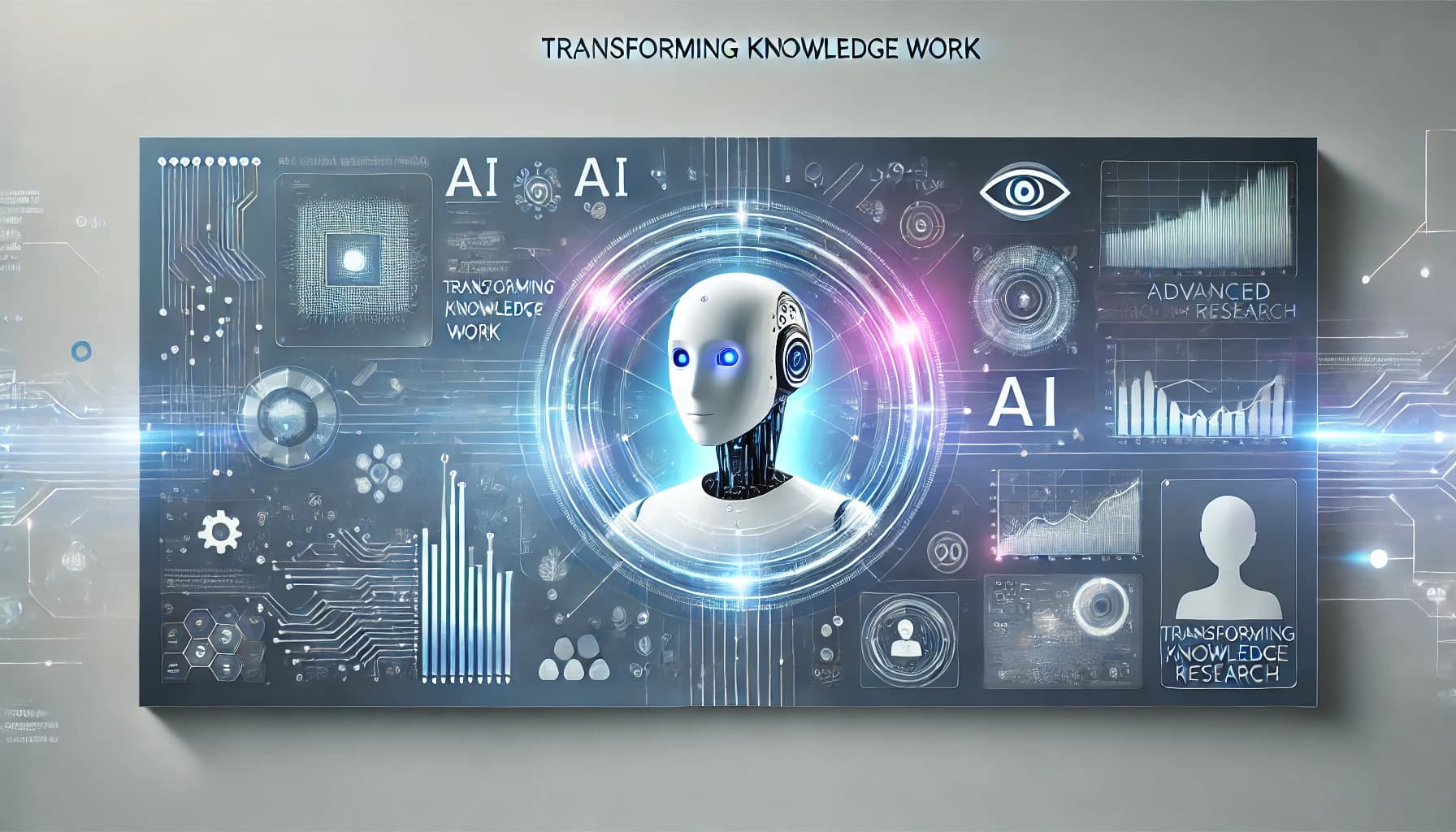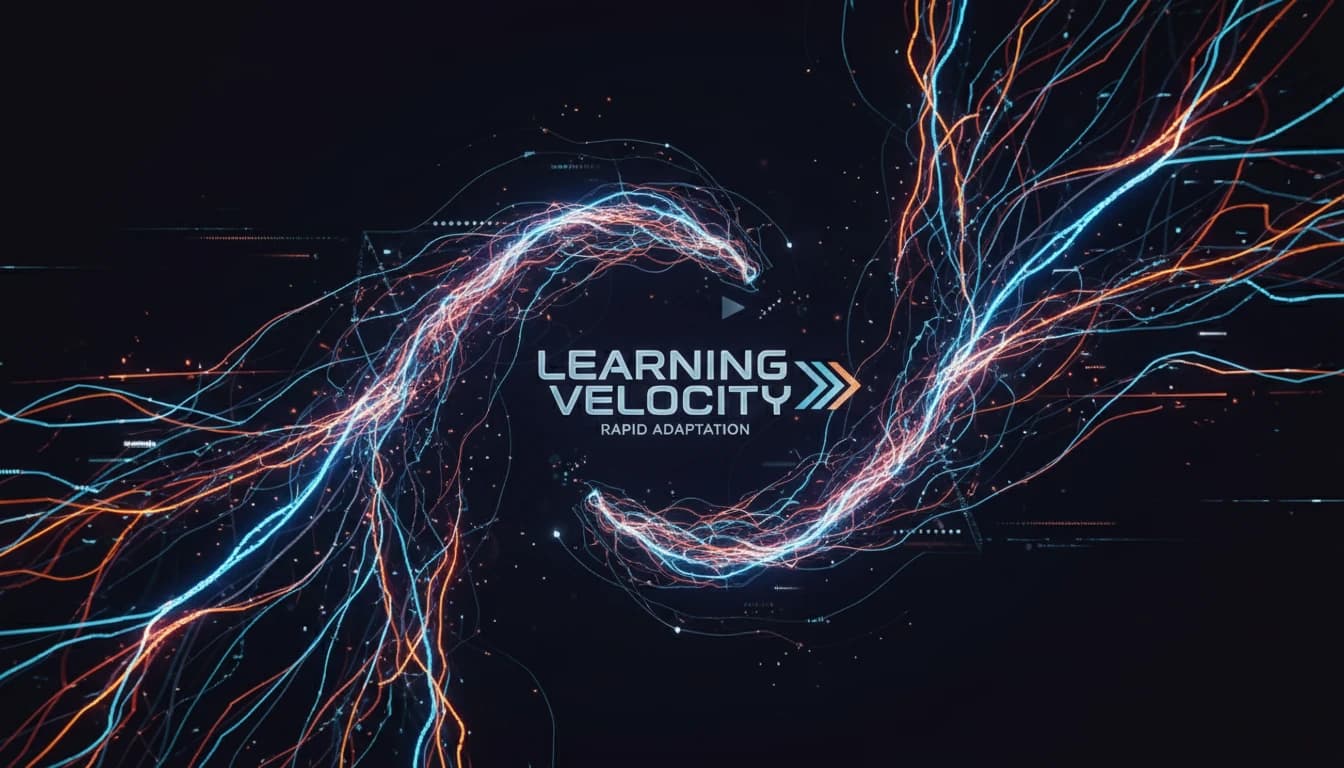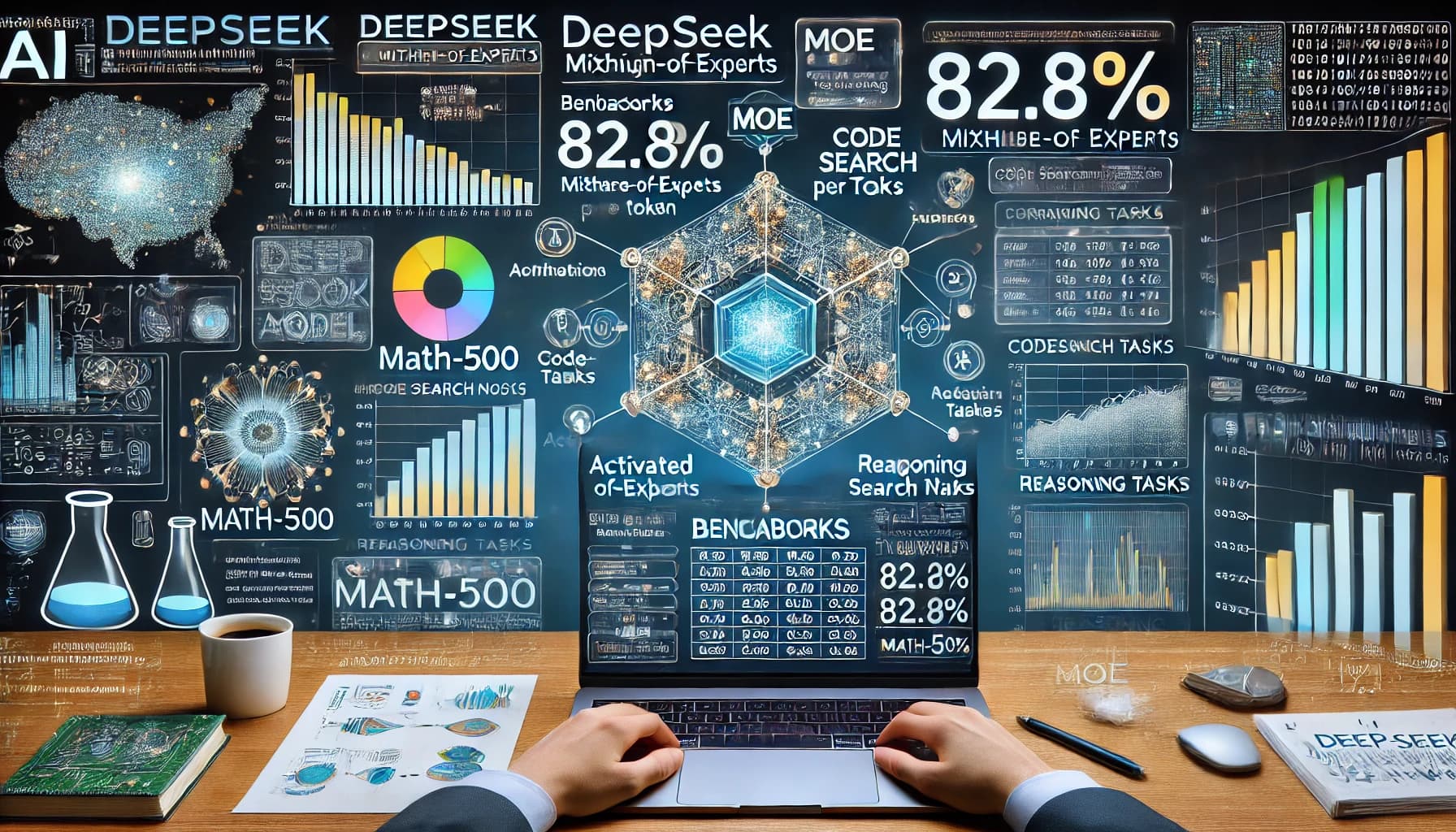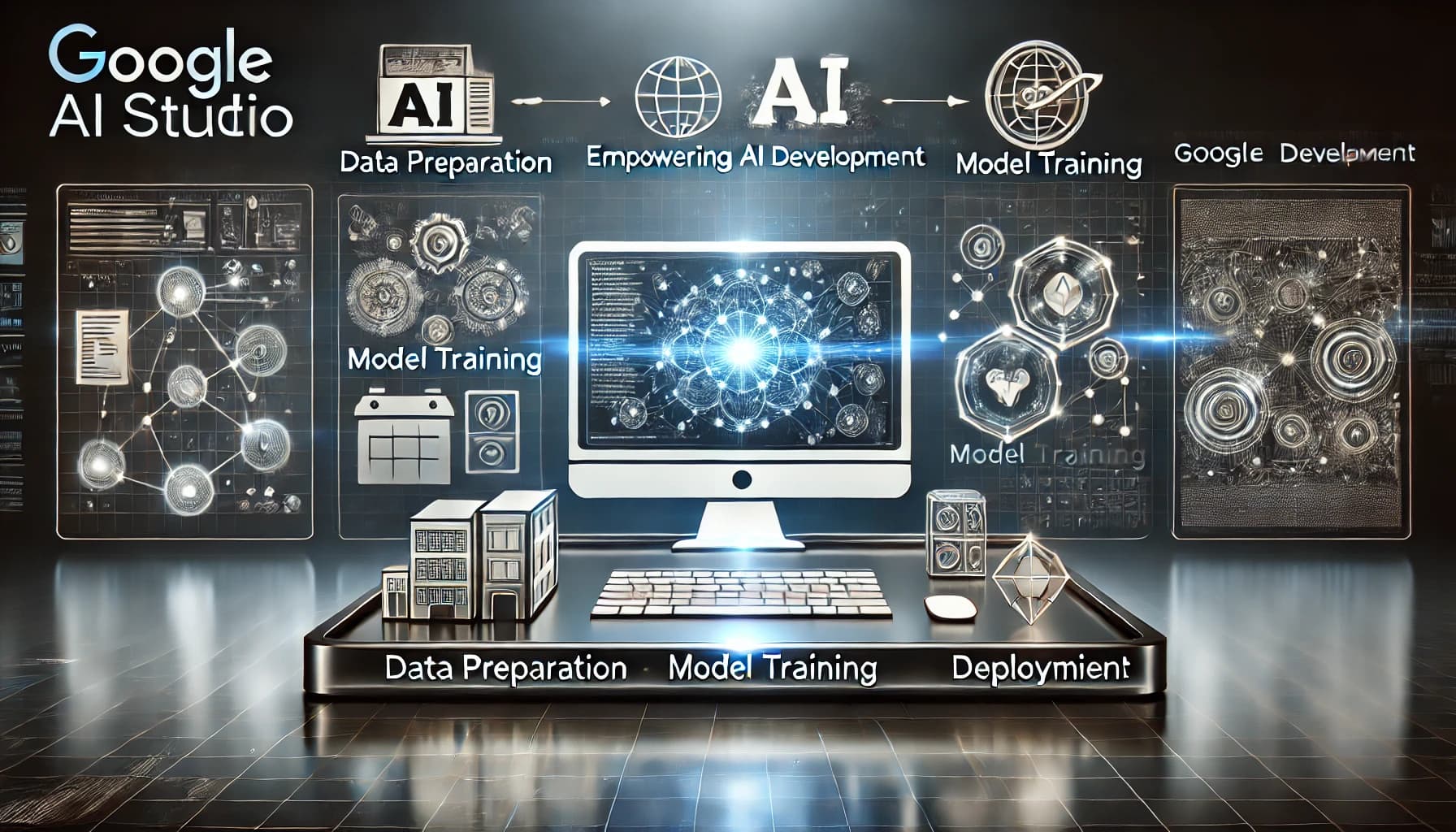AI Research Assistants Go Next-Level: How OpenAI’s Deep Research Works
FREEIntroduction
The Research Bottleneck: A Story We All Know
Imagine you’re racing against a deadline. You need to compile an in-depth report on the latest market trends, verify sources, and synthesize complex information from multiple studies. The clock is ticking. Traditional research methods demand hours—even days—of digging, sorting, and verifying.
Now, what if an AI could autonomously conduct multi-step research in minutes, providing detailed, cited reports with a level of rigor comparable to human experts?
The Evolution of AI Research Assistants
For years, AI tools have helped with basic summarization and retrieval. However, they lacked depth, critical reasoning, and the ability to verify information across sources. OpenAI’s latest breakthrough, Deep Research, changes that.
Deep Research, an advanced autonomous research agent integrated within ChatGPT (available to Pro subscribers), tackles the problem of slow, fragmented, and unreliable research workflows. According to early reports, it achieves in 5–30 minutes what would take a human many hours (The Guardian).
What is Deep Research?
Defining Deep Research: The Next Frontier in AI-Led Knowledge Work
Deep Research is not just another AI search engine. It’s an autonomous, multi-step research agent that:
- Conducts comprehensive web research across multiple sources.
- Analyzes diverse data formats (text, images, PDFs).
- Synthesizes findings into structured, fully cited reports.
Users simply initiate a research query within ChatGPT, and a sidebar displays a step-by-step process summary alongside source citations (The Verge).
Performance and Benchmarking
How Deep Research Stacks Up
According to OpenAI’s official announcement, Deep Research delivers results at a level previously unattainable by AI research assistants. Below is a summary of its key performance metrics:
| Metric | Performance |
|---|---|
| Speed | Completes in-depth research tasks in 5–30 minutes, compared to several hours of human-led research. |
| Accuracy | Scores 26.6% on “Humanity’s Last Exam”, a significant improvement over previous models. |
| Comprehensiveness | Processes massive datasets while cross-referencing multiple sources for verification. |
| GAIA (General AI Assessment) | Demonstrates superior general knowledge understanding, significantly outperforming prior models in structured reasoning. |
| Pass Rate on Expert-Level Tasks | Achieves a high pass rate on complex, high-value tasks, reinforcing its applicability in professional research. |
Decoding the Benchmarks
- Humanity’s Last Exam: This test evaluates AI’s ability to handle complex, real-world decision-making scenarios, including legal, medical, and ethical reasoning.
- GAIA Scores: A metric assessing AI’s general knowledge comprehension and structured reasoning ability across multiple disciplines.
- Expert-Level Task Performance: OpenAI's internal evaluations show that Deep Research performs at near-human proficiency in knowledge-intensive fields.
These performance metrics underscore how Deep Research isn’t just fast—it’s also systematic, methodical, and reliable, making it a game-changer for knowledge work.
Underlying Technology & Architecture
The o3 Model: The Brainpower Behind Deep Research
At the heart of Deep Research lies OpenAI’s powerful o3 reasoning model. Unlike its predecessors, o3 is designed for:
- Autonomous multi-step planning, allowing for complex analytical workflows.
- Reinforcement learning, improving its accuracy over time.
- Transparency, documenting its reasoning at each step (Reuters).
Tools of the Trade: Python, Web Browsing, and Step-by-Step Justification
Deep Research integrates:
- Web browsing to retrieve up-to-date sources.
- Python tools for data processing and statistical analysis.
- Transparent documentation, ensuring its research is verifiable.
How Deep Research Works (Workflow)
Step-by-Step: From Query to Comprehensive Report
- Input Mechanism: Users can input text queries, upload documents, or provide images for analysis.
- Autonomous Research Process:
- Query interpretation: Understands the research intent.
- Data retrieval: Extracts relevant information from multiple sources.
- Analysis & synthesis: Cross-references and synthesizes insights.
- Report generation: Structures findings into a detailed, cited document.
- Output Presentation:
- Users receive a well-structured text document.
- Future enhancements may include interactive visualizations and embedded data charts.
Applications and Use Cases
Practical Takeaways for Users
- Speed Up Research Workflows: Leverage Deep Research to compile reports and gather insights in minutes.
- Verify Sources More Efficiently: Use the AI’s citations to quickly fact-check information.
- Enhance Decision-Making: Apply AI-generated insights for data-driven business and academic strategies.
Real-World Impact: Saving Hours, If Not Days
A recent OpenAI demo showed that a task requiring six hours of manual research was completed in just 20 minutes using Deep Research (OpenAI).
User Reactions: Excitement & Concerns
What Experts & Users Are Saying
The AI community is buzzing with both excitement and skepticism over Deep Research. Here’s a snapshot of opinions from forums and social media:
- 💡 "This could make PhD research 10x faster. I tested it on my literature review, and the citations were spot-on!" – (Reddit)
- ⚠️ "AI research assistants are great, but users need to verify claims. I caught an AI hallucination in a legal case analysis." – (Hacker News)
- 📉 "Market research firms may struggle to compete when AI can generate investor-grade reports in minutes." – (LinkedIn)
- 🤔 "Exciting, but does it really understand context, or just assemble fragments convincingly?" – (AI Researcher on Twitter)
The common theme? AI research is promising but must be used with human oversight.
Future Directions
What’s Next for Deep Research?
- Enhanced Visualizations: Embedded data charts and infographics.
- Wider Access: Expansion to mobile, desktop, and additional user tiers.
- Long-Term Vision: A new era of AI-augmented research professionals, where AI handles time-consuming tasks while humans focus on strategic insights.
Conclusion
A New Era of AI-Powered Research
Deep Research is not just an upgrade—it’s a paradigm shift in knowledge work. By autonomously conducting multi-step research, it bridges the gap between human expertise and machine efficiency.
As AI continues evolving, one thing is clear: The future of research isn’t just faster; it’s smarter, more comprehensive, and increasingly autonomous.
References & Further Reading
- OpenAI - Official blog post and demos.







